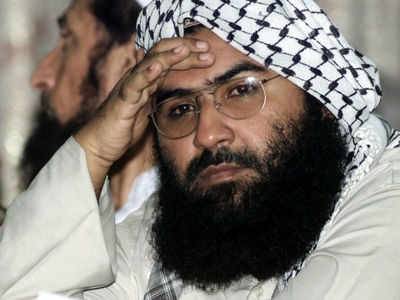
New Delhi — Pakistan-based terror groups Lashkar-e-Taiba (LeT) and Jaish-e-Mohammed (JeM) are facing internal turmoil and waning morale in the aftermath of Operation Sindoor, with their cadres increasingly losing faith in their leadership, according to intelligence sources.
Both organisations have suffered severe setbacks since the operation, which inflicted heavy damage on their networks and infrastructure. The ISI has reportedly made several attempts to revive the groups, but their recovery has been slow due to the absence of their top leaders, who have gone into hiding.
Masood Azhar, the JeM chief, is said to be in deep depression after losing several family members during the operation. The Indian armed forces’ precision strike on JeM’s Bahawalpur headquarters left the facility in ruins, killing multiple members of Azhar’s family who were inside.
Similarly, Hafiz Saeed’s Lashkar-e-Taiba, which also sustained major losses, is struggling to regroup. Intelligence officials suggest that Saeed has gone underground out of fear that someone from within his own network might turn against him.
Discontent is reportedly growing among the lower ranks of both groups. Many operatives are questioning why their leaders remain in hiding under ISI or Pakistan Army protection while foot soldiers are left exposed. The silence from the top leadership following Operation Sindoor has deepened resentment, with cadres accusing their chiefs of prioritising their own safety over that of their followers.
Some members have openly questioned whether “jihad and sacrifice” are meant only for them and not for their leaders. They point to figures like Zaki-ur-Rehman Lakhvi, LeT’s operational commander, who is believed to be living comfortably under tight security and has not been seen in public for years.
In JeM’s case, cadres initially sympathised with Azhar after his personal losses, but his continued absence and the circulation of old videos passed off as recent messages have fueled frustration. Officials say these developments have eroded trust and unity within the outfits.
The situation has been further aggravated by Pakistan’s shifting geopolitical priorities. Developments in Afghanistan and Khyber Pakhtunkhwa (KP) have angered the cadres, who cannot understand why their leadership remains silent about Islamabad’s actions against the Tehreek-e-Taliban Pakistan (TTP) and the Afghan Taliban.
Many militants are also disillusioned with Pakistan’s renewed engagement with the United States, a country they have long viewed as an enemy. This growing alignment, sources say, has revived old tensions within militant circles.
For the Pakistan Army and the ISI, the infighting within LeT and JeM poses a serious challenge. Despite their status as long-standing proxies, both institutions are currently preoccupied with conflicts involving the TTP, the Afghan Taliban, and the Balochistan Nationalist Army (BLA)—battles that have resulted in significant military casualties.
With resources stretched thin and leadership in hiding, attempts to reignite infiltration efforts into Jammu and Kashmir have largely failed. Officials say that while Pakistan may still try to revive the two terror groups, the biggest challenge now lies in restoring morale and rebuilding trust among disillusioned cadres.
With inputs from IANS